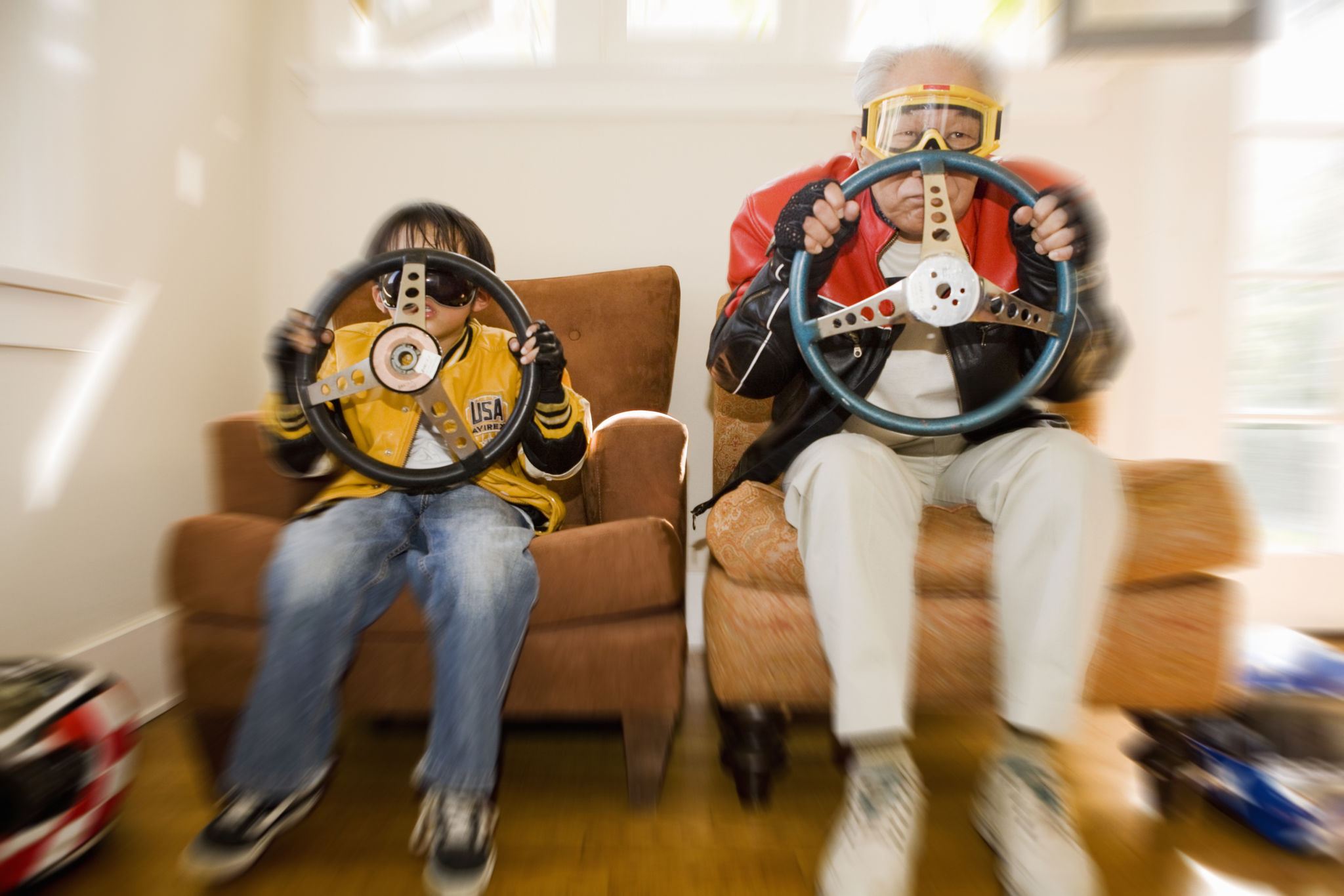How to Prepare Your Home for In-Home Care: A Comprehensive Checklist
Understanding the Needs of In-Home Care
Preparing your home for in-home care involves more than just tidying up. It's about creating a safe, comfortable, and accessible environment for the caregiver and the person receiving care. Understanding the specific needs of the individual is crucial. Consider their mobility, cognitive abilities, and medical requirements. Tailoring the living space to these aspects ensures a smoother transition into in-home care.

Assessing Safety and Accessibility
One of the most important steps in preparing your home is ensuring safety and accessibility. Begin by evaluating each room for potential hazards. Look for loose rugs, sharp corners, or clutter that could pose a risk of falling. Consider installing grab bars in bathrooms and stairways to provide additional support. For those with mobility challenges, widening doorways and ensuring a step-free entrance can make a significant difference.
Creating a Comfortable Living Space
Comfort is key when it comes to in-home care. Ensure that the living space is welcoming and conducive to relaxation. A comfortable bed, easy-to-reach necessities, and a calming ambiance can greatly enhance the quality of life for someone receiving care. Consider rearranging furniture for better accessibility and to accommodate medical equipment if necessary.

Organizing Essential Supplies
Having essential supplies organized and readily available is crucial. Create a designated space for medical supplies, medications, and personal care items. This not only makes it easier for caregivers but also provides peace of mind knowing that everything is in its place. Stock up on commonly used items to avoid last-minute trips to the store.
Enhancing Communication and Monitoring
Effective communication is vital in in-home care settings. Consider installing a landline or ensuring reliable mobile phone service in case of emergencies. Additionally, technology such as video monitoring systems and medical alert devices can offer an added layer of security. These tools help caregivers monitor the well-being of their patients, even from a distance.

Personalizing the Environment
Personal touches can make all the difference in creating a warm and inviting atmosphere. Display family photos, cherished memorabilia, or favorite artwork to make the space feel familiar and comforting. Encourage the involvement of the person receiving care in decorating their room to reflect their personality and preferences.
Establishing a Routine
Establishing a daily routine can be incredibly beneficial for those receiving in-home care. Consistency helps in managing expectations and provides a sense of stability. Work with caregivers to create a schedule that includes meal times, medication reminders, and recreational activities to promote physical and mental well-being.

Preparing your home for in-home care requires careful planning and consideration of the individual's unique needs. By focusing on safety, comfort, communication, and personalization, you can create an environment that supports both the caregiver and the person receiving care, ensuring a harmonious and effective caregiving experience.